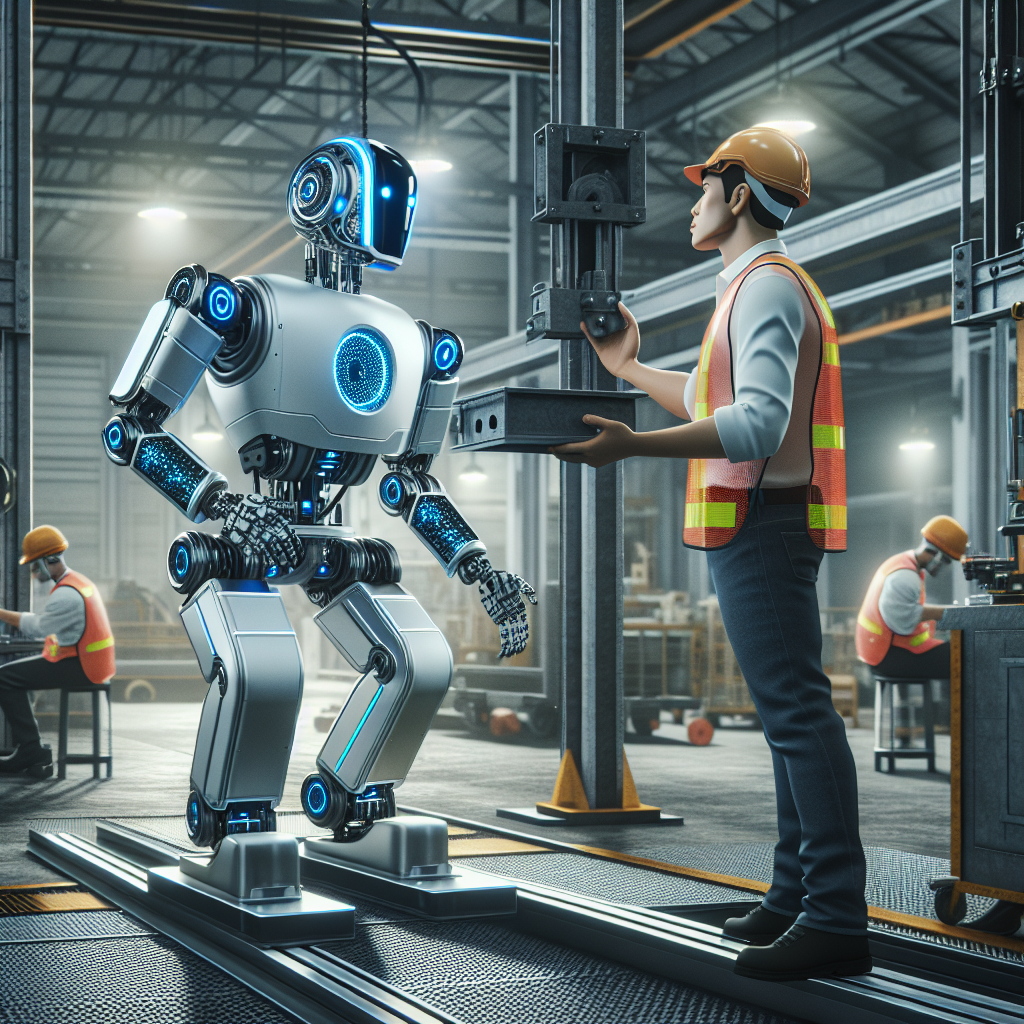Ensuring Safety and Governance for Humanoid Robots: A Guide to a Safer Future
As humanoid robots enter our daily lives, ensuring their safety and governance becomes critical. Learn about the challenges, solutions, and ethical frameworks shaping the future.
November 9, 2025
Overview
Humanoid robots are no longer confined to the realms of science fiction. From assisting in healthcare to performing industrial tasks, these advanced machines are rapidly integrating into our lives. However, as their presence grows, so do concerns about safety and governance. How do we ensure that humanoid robots are safe for humans and operate within ethical boundaries? This blog explores the key issues and strategies shaping the safety and governance of humanoid robots.
Technology Breakdown
What Makes a Humanoid Robot Safe?
Safety in humanoid robots hinges on multiple factors:
- Physical Design: Robots must be designed to minimize harm. Rounded edges, softer materials, and controlled force outputs are crucial.
- Sensors and Perception: Advanced sensors allow robots to detect obstacles, human presence, and environmental hazards in real time.
- AI Decision-Making: Robots need ethical AI algorithms to ensure their actions are aligned with human safety and well-being.
- Failsafe Mechanisms: Emergency stop buttons, collision detection, and system overrides are critical to prevent accidents.
Governance Frameworks
Governance refers to the policies, standards, and regulations that dictate how robots should be developed, deployed, and used. Currently, there are several key initiatives:
- ISO Standards: The International Organization for Standardization (ISO) has issued guidelines like ISO 13482, which outlines safety requirements for personal care robots.
- Asilomar AI Principles: These guidelines emphasize the importance of transparency, accountability, and safety in AI systems, including humanoid robots.
- National and Regional Laws: Countries like Japan and the European Union are leading the way in crafting laws for robotics and AI safety.
Industry Impact
Real-World Applications and Challenges
-
Healthcare: Humanoid robots like SoftBank's Pepper are already assisting in elder care and patient interaction. However, ensuring these robots can handle sensitive tasks without causing harm is a significant challenge.

-
Manufacturing and Warehousing: Robots like Tesla Optimus are designed to work alongside humans in industrial settings. Safety concerns include preventing collisions and ensuring robots understand human gestures.

-
Public Interaction: Boston Dynamics' robots are used in public spaces for security and assistance. Here, governance is crucial to prevent misuse or ethical violations.
Case Study: Tesla Optimus
Tesla's humanoid robot, Optimus, is a prime example of the challenges and opportunities in safety and governance. With advanced AI and a focus on affordability, Optimus aims to perform repetitive tasks in factories. However, Tesla has emphasized the importance of safety features such as advanced sensors and AI algorithms that ensure the robot's actions are predictable and non-threatening.
Visual Highlights
Visuals play a crucial role in understanding the complexities of humanoid robots. Let's explore some visual concepts:
These images help us visualize a future where robots coexist harmoniously with humans, but also highlight the need for stringent safety measures.
Conclusion
As humanoid robots become a part of our daily lives, the importance of safety and governance cannot be overstated. From physical design to ethical AI, every aspect of these robots must be meticulously planned and regulated. Collaboration between governments, industries, and researchers is essential to create a future where robots enhance human life without compromising safety or ethics.
By addressing these challenges proactively, we can unlock the full potential of humanoid robots while safeguarding humanity's well-being.
Related Topics
- Humanoid Robot Ethics
- AI in Robotics
- Future of Work with Robots
Related Articles
Inside the Anatomy of Humanoid Robots: Actuators, Sensors, and More
Discover the key components that bring humanoid robots to life, including actuators, sensors, and control systems, and learn how they mimic human abilities.
Read MoreWhat's New in Humanoid Robotics - November 6-13, 2025
This week's top updates in humanoid robotics
Read MoreInside the Anatomy of Robots: Key Technical Parts Explained
Explore the essential technical components that make robots function, from sensors to actuators. Learn how these parts work together to create intelligent machines.
Read MoreReady to Explore Humanoid Robots?
Check out our robot showcase to see detailed specs, capabilities, and videos
Explore Robots